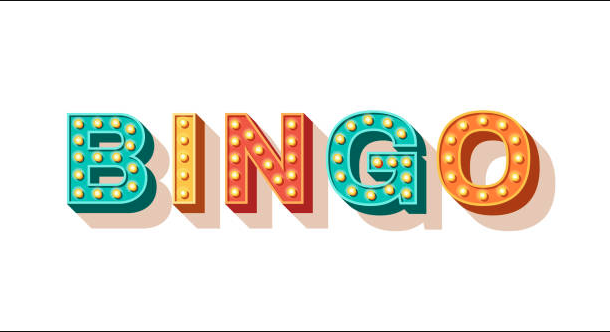Bingo, a game known for its simple rules and social appeal, has entertained people for centuries. From humble beginnings as a lottery-style game to its modern-day iterations in halls and online platforms, bingo remains a popular pastime that brings people together. This article explores the history, appeal, and evolution of bingo, highlighting why it continues to captivate players of all ages.
The Origins of Bingo
Bingo’s roots trace back to the early 16th century in Italy, where a lottery game called “Lo Giuoco del Lotto d’Italia” was played. It spread across Europe over the following centuries, with variations appearing in France and Germany. The game as we know it today took shape in the early 20th century in the United States. Originally called “Beano,” players marked beans on cards as numbers were called out. The name changed to “Bingo” after a player accidentally shouted it instead of “Beano,” and the catchy term stuck. From there, bingo gained popularity at fairs, charity events, and social clubs.
How Bingo Works
Bingo is a game of chance where players mark numbers on cards as a caller randomly draws them. The objective is to complete a predetermined pattern, such as a line, diagonal, or full card, before other players. Once a player completes the pattern, they shout “Bingo!” to claim a prize. The simplicity of the game makes it accessible to people of all ages and skill levels. It’s easy to learn, requires no complex strategy, and offers excitement with every number called.
The Social Appeal of Bingo
Beyond the gameplay, bingo’s greatest strength lies in its social aspect. Bingo halls have historically served as community centers where people gather to relax, socialize, and enjoy friendly competition. For many, it’s an opportunity to connect with friends and make new ones. The communal atmosphere, combined with the anticipation of winning, creates a lively and engaging experience. Bingo nights often include refreshments, music, and other entertainment, turning the event into a social occasion.
Bingo’s Evolution: From Halls to Online Platforms
The rise of digital technology has brought bingo to a wider audience through online platforms. Online bingo replicates the traditional game with added features such as chat rooms, themed cards, and instant play options. These platforms offer convenience, allowing players to enjoy bingo from home or on the go via mobile devices. Online bingo also introduces new formats and variations, keeping the game fresh and appealing to younger generations.
Bingo as a Fundraising Tool
Bingo has long been associated with fundraising and charity. Community organizations, churches, and schools use bingo events to raise money for various causes. Its popularity and ease of organizing make it an effective tool for generating support and bringing communities together for a shared purpose.
Tips for Enjoying Bingo
While bingo is primarily a game of luck, there are ways to enhance your enjoyment. Playing with multiple cards increases the chances of winning but requires focus to keep track of numbers. Joining bingo clubs or online communities adds a social dimension and offers opportunities to learn tips and strategies. Remember to play responsibly, set limits, and view bingo as entertainment rather than a guaranteed way to win money.
Conclusion
Bingo’s enduring popularity stems from its simplicity, social nature, and adaptability. From its historical roots to the modern online era, it continues to bring joy and connection to people worldwide. Whether in bustling halls or through digital screens, bingo remains a timeless game that unites generations, offering fun and excitement for all who play.
